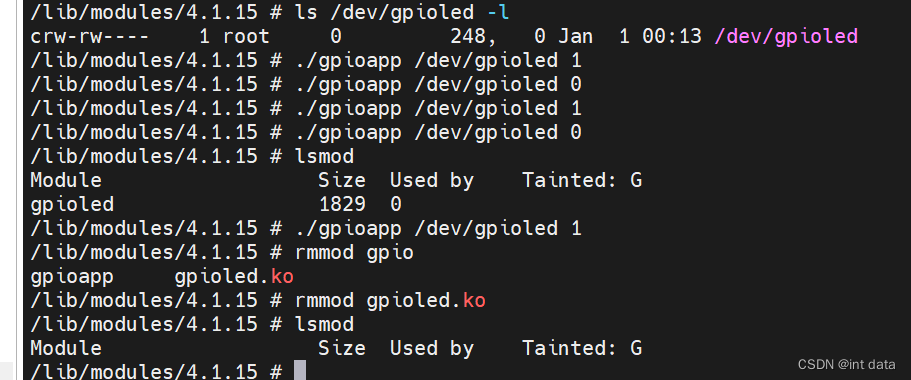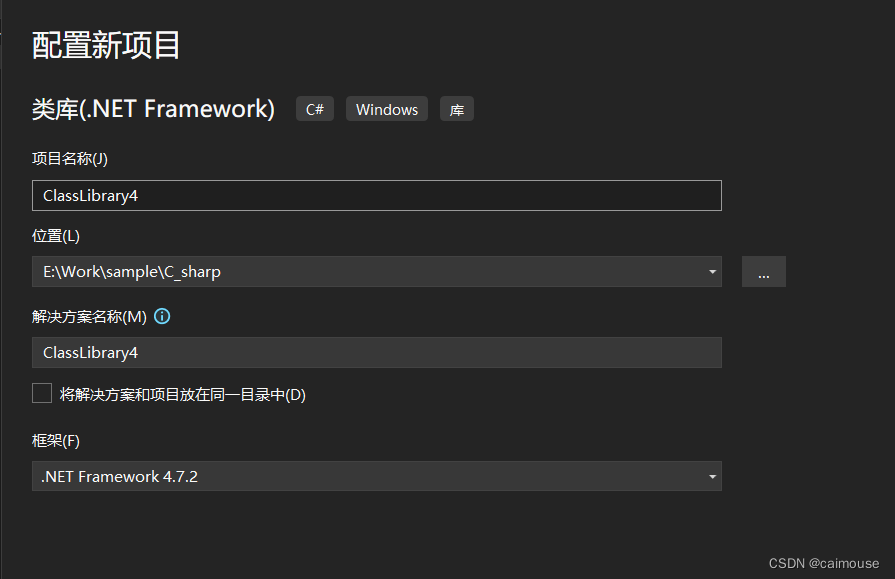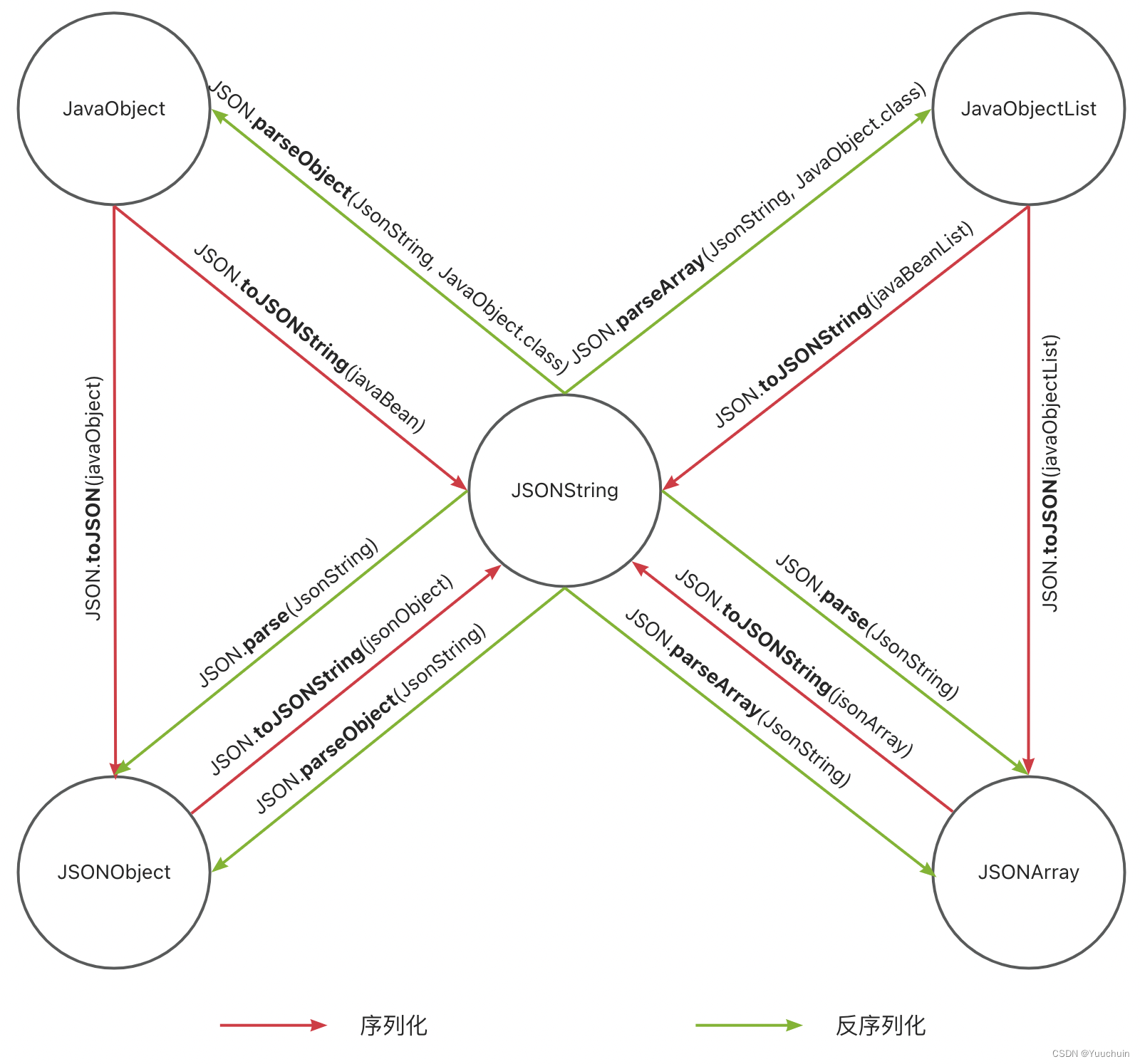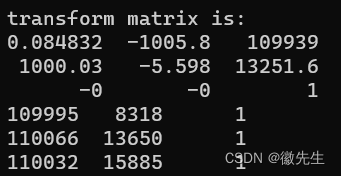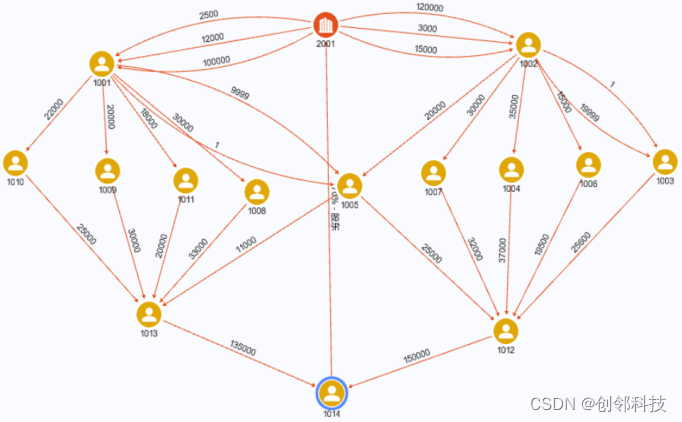gpio 子系统 API 函数
1、gpio_request 函数
gpio_request 函数用于申请一个 GPIO 管脚,在使用一个 GPIO 之前一定要使用 gpio_request 进行申请,函数原型如下:
int gpio_request(unsigned gpio, const char *label)
/*
函数参数和返回值含义如下:
gpio:要申请的 gpio 标号,使用 of_get_named_gpio 函数从设备树获取指定 GPIO 属性信
息,此函数会返回这个 GPIO 的标号。
label:给 gpio 设置个名字。
返回值:0,申请成功;其他值,申请失败。
*/2、gpio_free 函数
如果不使用某个 GPIO 了,那么就可以调用 gpio_free 函数进行释放。函数原型如下:
void gpio_free(unsigned gpio)
/*
函数参数和返回值含义如下:
gpio:要释放的 gpio 标号。
返回值:无。
*/3、gpio_direction_input 函数
此函数用于设置某个 GPIO 为输入,函数原型如下所示:
int gpio_direction_input(unsigned gpio)
/*
函数参数和返回值含义如下:
gpio:要设置为输入的 GPIO 标号。
返回值:0,设置成功;负值,设置失败。
*/4、gpio_direction_output 函数
此函数用于设置某个 GPIO 为输出,并且设置默认输出值,函数原型如下:
int gpio_direction_output(unsigned gpio, int value)
/*
函数参数和返回值含义如下:
gpio:要设置为输出的 GPIO 标号。
value:GPIO 默认输出值。
返回值:0,设置成功;负值,设置失败。
*/
5、gpio_get_value 函数
此函数用于获取某个 GPIO 的值(0 或 1),此函数是个宏,定义所示:
#define gpio_get_value __gpio_get_value
int __gpio_get_value(unsigned gpio)
/*
函数参数和返回值含义如下:
gpio:要获取的 GPIO 标号。
返回值:非负值,得到的 GPIO 值;负值,获取失败。
*/6、gpio_set_value 函数
此函数用于设置某个 GPIO 的值,此函数是个宏,定义如下
#define gpio_set_value __gpio_set_value
void __gpio_set_value(unsigned gpio, int value)
/*
函数参数和返回值含义如下:
gpio:要设置的 GPIO 标号。
value:要设置的值。
返回值:无
关于 gpio 子系统常用的 API 函数就讲这些,这些是我们用的最多的。
*/2、与 gpio 相关的 OF 函数
在驱动程序中需要读取 gpio 属性内容,Linux 内核提供了几个与 GPIO 有关 的 OF 函数,常用的几个 OF 函数如下所示:
1、of_gpio_named_count 函数
of_gpio_named_count 函数用于获取设备树某个属性里面定义了几个 GPIO 信息,要注意的 是空的 GPIO 信息也会被统计到
int of_gpio_named_count(struct device_node *np, const char *propname)
/*
函数参数和返回值含义如下:
np:设备节点。
propname:要统计的 GPIO 属性。
返回值:正值,统计到的 GPIO 数量;负值,失败。
*/2、of_gpio_count 函数
和t of_gpio_named_coun 函数一样,但是不同的地方在于,此函数统计的是“gpios”这个属 性的 GPIO 数量,而 of_gpio_named_count 函数可以统计任意属性的 GPIO 信息,函数原型如下 所示:
int of_gpio_count(struct device_node *np)
/*
函数参数和返回值含义如下:
np:设备节点。
返回值:正值,统计到的 GPIO 数量;负值,失败。
*/3、of_get_named_gpio 函数
此函数获取 GPIO 编号,因为 Linux 内核中关于 GPIO 的 API 函数都要使用 GPIO 编号, 此函数会将设备树中类似的属性信息转换为对应的 GPIO 编 号,此函数在驱动中使用很频繁!函数原型如下:
int of_get_named_gpio(struct device_node *np,const char *propname, int index)
/*
函数参数和返回值含义如下:
np:设备节点。
propname:包含要获取 GPIO 信息的属性名。
index:GPIO 索引,因为一个属性里面可能包含多个 GPIO,此参数指定要获取哪个 GPIO
的编号,如果只有一个 GPIO 信息的话此参数为 0。
返回值:正值,获取到的 GPIO 编号;负值,失败。
*/
实验程序编写
LED 灯驱动程序编写
#include <linux/types.h>
#include <linux/kernel.h>
#include <linux/delay.h>
#include <linux/ide.h>
#include <linux/init.h>
#include <linux/module.h>
#include <linux/errno.h>
#include <linux/gpio.h>
#include <linux/cdev.h>
#include <linux/device.h>
#include <linux/of.h>
#include <linux/of_address.h>
#include <linux/of_gpio.h>
#include <asm/mach/map.h>
#include <asm/uaccess.h>
#include <asm/io.h>
#define GPIOLED_CNT 1 /* 设备号个数 */
#define GPIOLED_NAME "gpioled" /* 名字 */
#define LEDOFF 0 /* 关灯 */
#define LEDON 1 /* 开灯 */
/* gpioled设备结构体 */
struct gpioled_dev{
dev_t devid; /* 设备号 */
struct cdev cdev; /* cdev */
struct class *class; /* 类 */
struct device *device; /* 设备 */
int major; /* 主设备号 */
int minor; /* 次设备号 */
struct device_node *nd; /* 设备节点 */
int led_gpio; /* led所使用的GPIO编号 */
};
struct gpioled_dev gpioled; /* led设备 */
static int led_open(struct inode *inode, struct file *filp)
{
filp->private_data = &gpioled; /* 设置私有数据 */
return 0;
}
static ssize_t led_read(struct file *filp, char __user *buf, size_t cnt, loff_t *offt)
{
return 0;
}
static ssize_t led_write(struct file *filp, const char __user *buf, size_t cnt, loff_t *offt)
{
int retvalue;
unsigned char databuf[1];
unsigned char ledstat;
struct gpioled_dev *dev = filp->private_data;
retvalue = copy_from_user(databuf, buf, cnt);
if(retvalue < 0) {
printk("kernel write failed!\r\n");
return -EFAULT;
}
ledstat = databuf[0]; /* 获取状态值 */
if(ledstat == LEDON) {
gpio_set_value(dev->led_gpio, 0); /* 打开LED灯 */
} else if(ledstat == LEDOFF) {
gpio_set_value(dev->led_gpio, 1); /* 关闭LED灯 */
}
return 0;
}
static int led_release(struct inode *inode, struct file *filp)
{
return 0;
}
/* 设备操作函数 */
static struct file_operations gpioled_fops = {
.owner = THIS_MODULE,
.open = led_open,
.read = led_read,
.write = led_write,
.release = led_release,
};
/*
* @description : 驱动出口函数
* @param : 无
* @return : 无
*/
static int __init led_init(void)
{
int ret = 0;
/* 设置LED所使用的GPIO */
/* 1、获取设备节点:gpioled */
gpioled.nd = of_find_node_by_path("/gpioled");
if(gpioled.nd == NULL) {
printk("gpioled node not find!\r\n");
return -EINVAL;
} else {
printk("gpioled node find!\r\n");
}
/* 2、 获取设备树中的gpio属性,得到LED所使用的LED编号 */
gpioled.led_gpio = of_get_named_gpio(gpioled.nd, "led-gpio", 0);
if(gpioled.led_gpio < 0) {
printk("can't get led-gpio");
return -EINVAL;
}
printk("led-gpio num = %d\r\n", gpioled.led_gpio);
/* 3、设置GPIO1_IO03为输出,并且输出高电平,默认关闭LED灯 */
ret = gpio_direction_output(gpioled.led_gpio, 1);
if(ret < 0) {
printk("can't set gpio!\r\n");
}
/* 注册字符设备驱动 */
/* 1、创建设备号 */
if (gpioled.major) { /* 定义了设备号 */
gpioled.devid = MKDEV(gpioled.major, 0);
register_chrdev_region(gpioled.devid, GPIOLED_CNT, GPIOLED_NAME);
} else { /* 没有定义设备号 */
alloc_chrdev_region(&gpioled.devid, 0, GPIOLED_CNT, GPIOLED_NAME); /* 申请设备号 */
gpioled.major = MAJOR(gpioled.devid); /* 获取分配号的主设备号 */
gpioled.minor = MINOR(gpioled.devid); /* 获取分配号的次设备号 */
}
printk("gpioled major=%d,minor=%d\r\n",gpioled.major, gpioled.minor);
/* 2、初始化cdev */
gpioled.cdev.owner = THIS_MODULE;
cdev_init(&gpioled.cdev, &gpioled_fops);
/* 3、添加一个cdev */
cdev_add(&gpioled.cdev, gpioled.devid, GPIOLED_CNT);
/* 4、创建类 */
gpioled.class = class_create(THIS_MODULE, GPIOLED_NAME);
if (IS_ERR(gpioled.class)) {
return PTR_ERR(gpioled.class);
}
/* 5、创建设备 */
gpioled.device = device_create(gpioled.class, NULL, gpioled.devid, NULL, GPIOLED_NAME);
if (IS_ERR(gpioled.device)) {
return PTR_ERR(gpioled.device);
}
return 0;
}
/*
* @description : 驱动出口函数
* @param : 无
* @return : 无
*/
static void __exit led_exit(void)
{
/* 注销字符设备驱动 */
cdev_del(&gpioled.cdev);/* 删除cdev */
unregister_chrdev_region(gpioled.devid, GPIOLED_CNT); /* 注销设备号 */
device_destroy(gpioled.class, gpioled.devid);
class_destroy(gpioled.class);
}
module_init(led_init);
module_exit(led_exit);
MODULE_LICENSE("GPL");
MODULE_AUTHOR("hsj");编写测试 APP
#include <sys/types.h>
#include <sys/stat.h>
#include <fcntl.h>
#include <stdio.h>
#include <unistd.h>
#include <string.h>
#define LEDOFF 0
#define LEDON 1
int main(int argc,char *argv[])
{
int fd,retvalue;
char *filename;
unsigned char databuf[1];
if(argc != 3)
{
printf("error usage!\r\n");
return -1;
}
filename = argv[1];
fd = open(filename,O_RDWR);
if(fd < 0)
{
printf("open failed\r\n");
return -1;
}
databuf[0] = atoi(argv[2]); //将字符转换为数字
retvalue = write(fd,databuf,1);
if (retvalue < 0)
{
printf("LED Control failed!\r\n");
close(fd);
return -1;
}
close(fd);
return 0;
}
运行测试
进入到目录 lib/modules/4.1.15 中,输入如下命令加载 gpioled.ko 驱动模块:
depmod //第一次加载驱动的时候需要运行此命令
modprobe gpioled.ko //加载驱动
